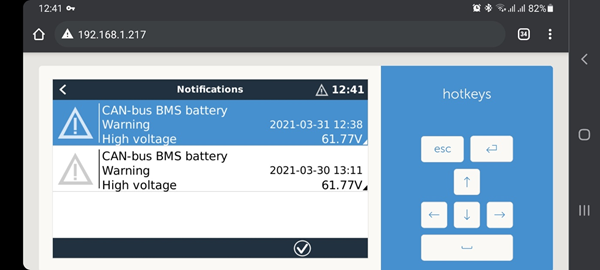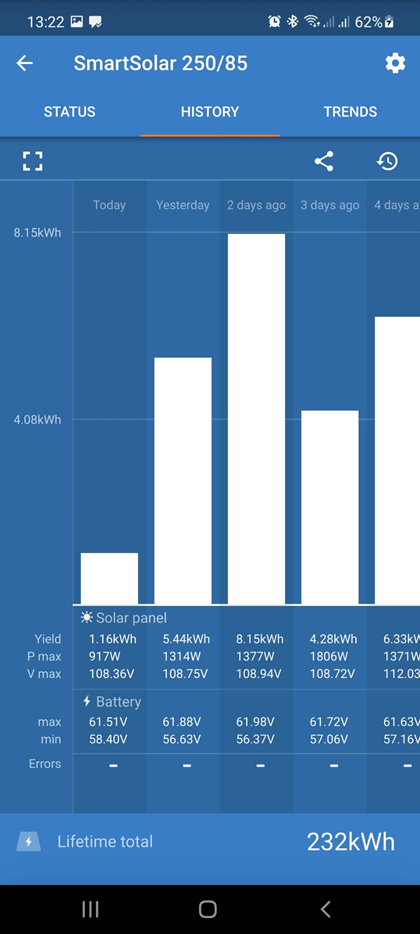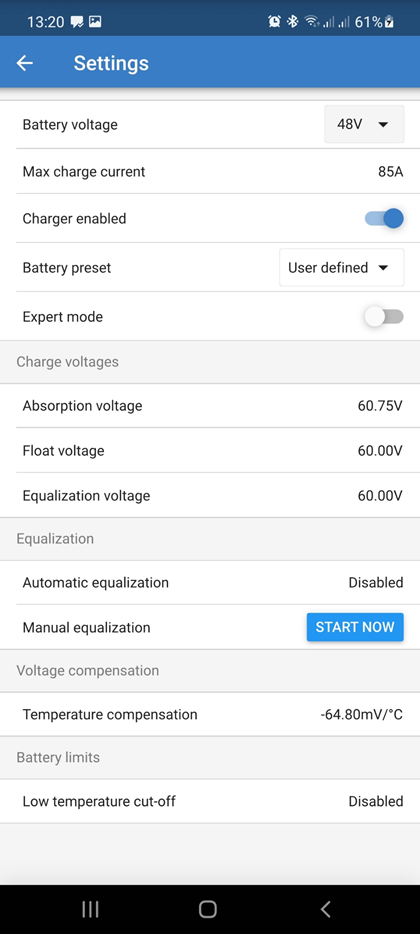I would like to ask if it is normal that ESS mode ignores BMS control from BMZ ESS X battery. Configuration 3 x MPII, 3 x BMZ ESS-X, MPPT 250/85, Fronius Symo and AC OUT1, Cebo. All devices have the latest version of FW. Unfortunately even if the BMS battery sends a parameter - CCL = 0A:

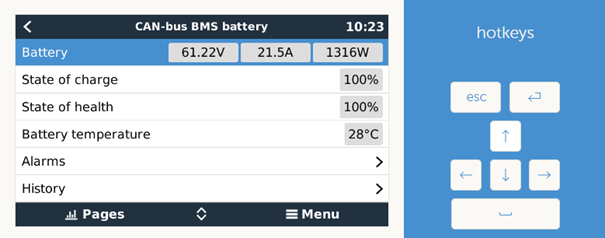
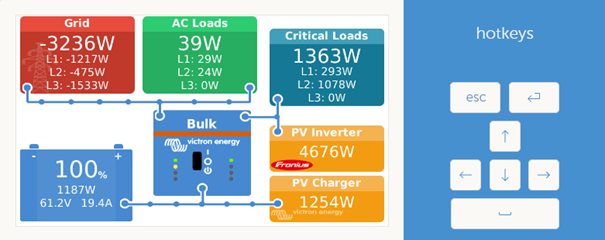
so the batteries are still charging. The charger is set according to the manual for BMZ = Absobrtion time = 1. Unfortunately = Absobrtion time is never one hour, even 7 hours at a time.

Status code # 3 should appear in ESS mode: BMS disabled charging, I've never seen it with BMZ ESS X in ESS mode. I run another 4 similar systems with BMZ ESS X and I have also never seen status code # 3: BMS disabled charging.
I'm worried about the batteries, about the safety of operation. I think I overcharge them this way and they could be damaged. Please tell me if this behavior is normal (the battery is not overcharging) or if it is an error. Thanks Ondra

